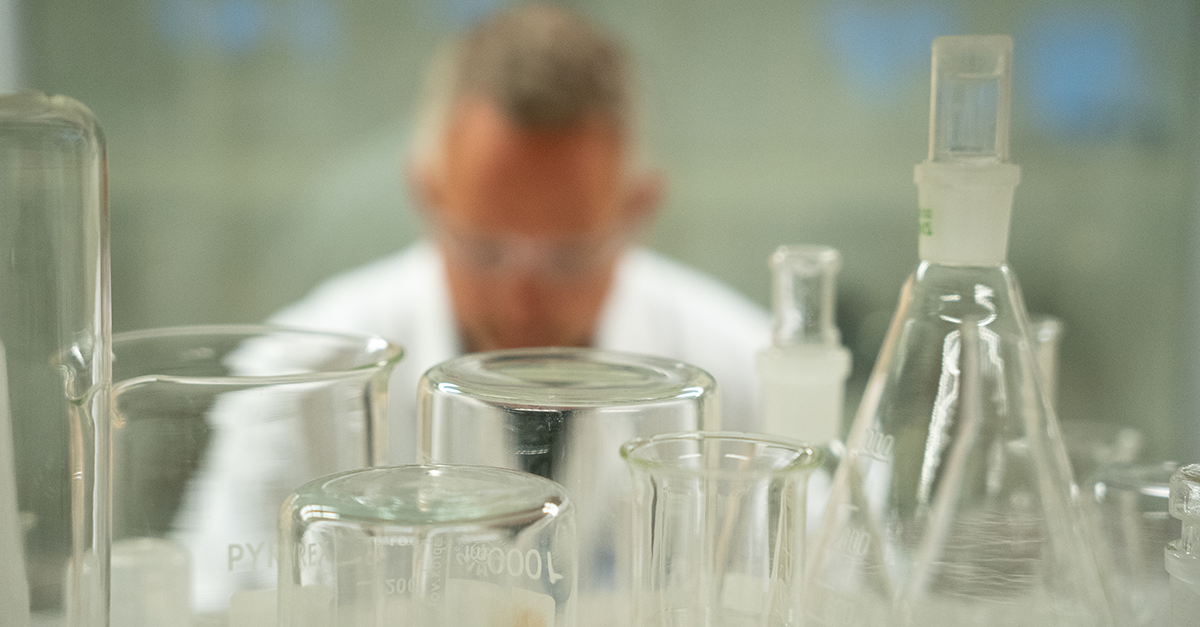Safe and Sustainable UV-Curing: navigating high-performance TMPTA alternatives
The European Chemicals Agency (ECHA) has updated its chemical regulations through the 18th Adaption to Technical Progress (ATP) to CLP (Classification, Labelling and Packaging of substances and mixtures). Effective December 1, 2023, this amendment classifies Trimethylolpropane Triacrylate (TMPTA) as a Class 2 carcinogen, necessitating a shift towards TMPTA alternatives in UV-curing systems. Among the frontrunners in this transition is Perstorp, offering high-performance substitutes for TMPTA, with acrylates based on alkoxylates emerging as a prominent alternative.
Replacing TMPTA: The new standard in UV-curing
TMPTA has long been a cornerstone in the UV-curing industry as one of the most utilized monomers. Monomers are key components in all solvent free UV formulations functioning as reactive diluents, lowering viscosity and boosting reactivity. TMPTA’s versatility and rapid curing properties have made it a popular choice for various applications, from adhesives and inks to coatings. TMPTA's ability to form robust, crosslinked networks when exposed to UV light has significantly contributed to the efficiency of UV-curing processes. However, recent developments have shed light on potential health and environmental risks associated with TMPTA, prompting the need for alternatives.
Due to the new Class 2 carcinogen classification of TMPTA, a clear demand for alternatives is seen from the industry. Perstorp, as the world’s leading supplier of TMP, immediately initiated work to find safe alternative materials that meet the newly established safety standards but also deliver high-performance results.
What solutions exist as TMPTA substitutes?
The development of our TMPTA substitutes is grounded in extensive research and development efforts, with a focus on safety, sustainability and performance. One of the promising solutions to emerge in response to the TMPTA challenge is acrylates based on alkoxylates. Alkoxylates are a class of compounds known for their versatility and compatibility with various applications, including UV curing. These compounds offer a compelling alternative to TMPTA for several reasons:
- Safety: Acrylates based on alkoxylates provide a safer option for UV-curing processes as they do not have any carcinogen classification. This shift towards safer materials aligns with the evolving regulatory landscape and emphasizes the industry's commitment to worker and end-user health.
- Performance: Acrylates based on Alkoxylates offer properties similar to TMPTA when looking at diluting effects, reactivity and crosslinking. This ensures that coatings, adhesives, and inks can continue to perform on a high level in terms of durability and quality.
- Versatility: Alkoxylates can be tailored to suit various applications within the UV-curing industry. Their versatility allows for customization, ensuring that they can be a safe alternative to TMPTA in a wide range of formulations.
How do I transition to TMPTA-Free formulations?
In summary, the 18th ATP amendment to CLP has catalyzed transformation within the UV-curing industry. Perstorp, the leading supplier of TMP, has rapidly found alkoxylates to be a safe alternative to meet this new demand. Our large portfolio of alkoxylates and the capability to innovate according to different formulation needs showcases Perstorp’s commitment to providing a diverse array of options for UV-curing professionals seeking safety and sustainability.Transitioning to TMPTA-free formulations does not need to be a daunting process. Perstorp provides support for an easy transition towards safer UV-curing solutions. Contact us to discuss how we can support the replacing of TMPTA in your formulations.
